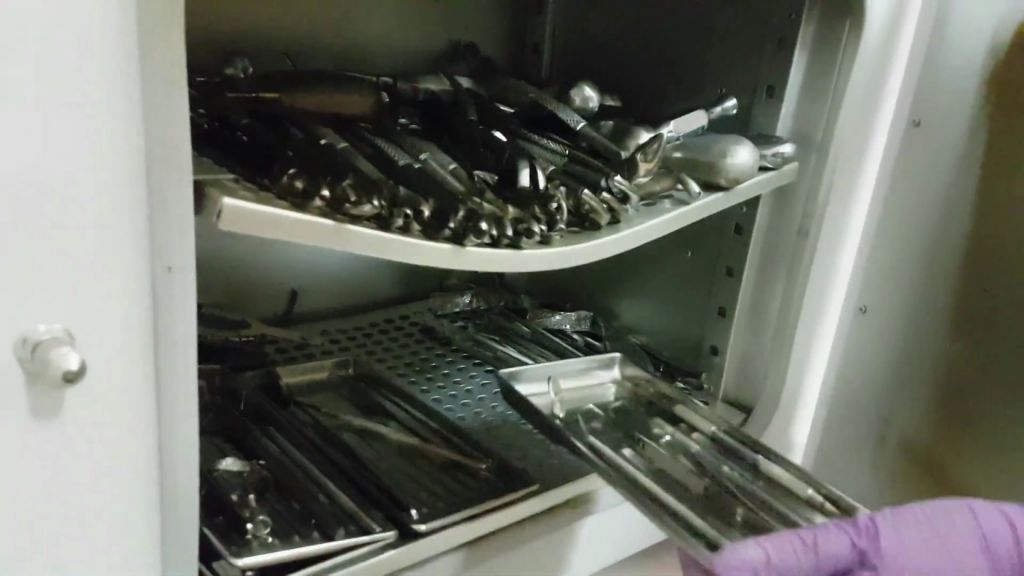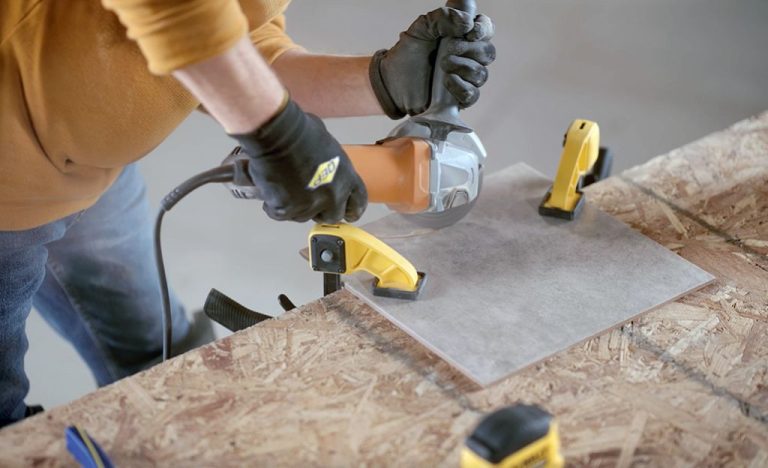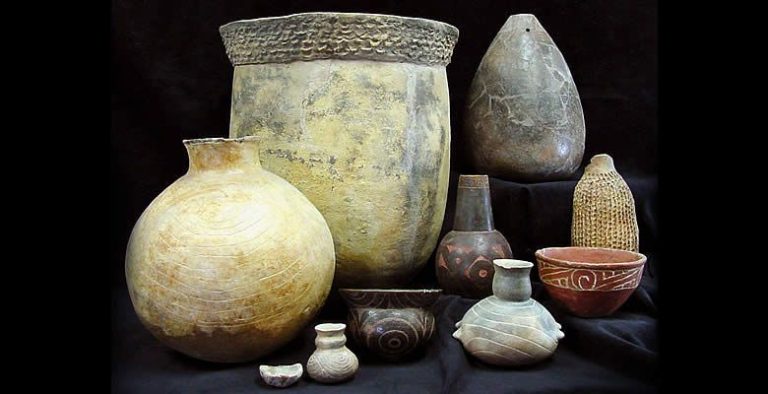What Is A Drying Cabinet Dental?
A drying cabinet is an essential piece of equipment used in dental practices to dry, disinfect, and store dental instruments and materials securely. Drying cabinets, also known as sterilizing cabinets, utilize warm, filtered airflow to thoroughly dry instruments after cleaning and prior to the next surgical procedure.
Drying cabinets provide an efficient and effective way to remove moisture from dental instruments compared to manual drying methods. They help prevent contamination and corrosion of instruments by ensuring no residual moisture remains on surfaces. Drying cabinets also allow dental equipment and materials to be stored hygienically between uses.
Key benefits of using drying cabinets in dentistry include improving infection control, prolonging instrument lifespan, and optimizing workflow by reducing manual drying time. Drying cabinets create the clean, dry storage conditions necessary for maintaining sterilized packs of instruments that are ready for use on patients (Source).
Types of Dental Drying Cabinets
There are two main types of dental drying cabinets used in dentistry – heat drying cabinets and UV drying cabinets. Each type works in a different way to dry and disinfect dental instruments and equipment.
Heat Drying Cabinets
Heat drying cabinets, sometimes called hot air sterilizers, use heated filtered forced air to dry instruments and equipment. The cabinets heat air to temperatures between 160°F and 190°F and circulate the hot air with a blower motor and HEPA filter. The heat helps evaporate any moisture left on the instruments after cleaning and disinfection. Some heat drying cabinets also include timers and adjustable temperature controls. Heat drying is an efficient and fast way to thoroughly dry dental equipment (1).

UV Drying Cabinets
UV drying cabinets use short-wavelength ultraviolet radiation to sanitize and dry instruments and equipment. Inside the cabinet, UV lamps emit UV-C light, which has disinfecting properties. The exposure to UV light damages microorganisms by disrupting their DNA and killing or inactivating them. UV cabinets also include reflectors that help direct the UV light for maximum effectiveness. In addition to disinfecting, the UV light creates heat that helps evaporate any remaining moisture (2).
Comparison of the Two Types
While both heat drying and UV drying cabinets are effective for drying dental instruments, there are some key differences between the two. Heat drying is generally faster, while UV drying provides disinfection but takes longer. Heat drying requires no special precautions, whereas UV cabinets require safety measures to avoid UV exposure. Heat drying cabinets tend to be more affordable as well. Ultimately, the choice depends on the drying and disinfection needs of the dental practice.
(1) https://www.dentalsalemall.com/category-331-b0-Dental-Instruments-Dryer.html
(2) https://www.medical-supplies-equipment-company.com/hospital/warming-drying-cabinets-173
Working Mechanism of Drying Cabinets
Drying cabinets work in two main ways: using heat or ultraviolet (UV) light. Heat drying cabinets raise the internal temperature to accelerate evaporation of moisture from instruments and equipment. Typically, temperatures range from 140-185°F. Heated forced air circulates inside the cabinet, flowing across and between items to promote drying. The higher the temperature, the faster moisture evaporates. Most heat drying cabinets have preset cycles ranging from 15 minutes to an hour.
UV drying cabinets contain high-intensity UV lamps that emit UV-C light, the portion of the UV spectrum that inactivates microorganisms. The germicidal effects disrupt DNA/RNA, rendering microbes unable to reproduce or infect. UV cabinets provide rapid disinfection and drying in one self-contained system. The process takes about 10-15 minutes. Items are exposed to UV light just long enough to achieve disinfection without UV damage. UV cabinets also incorporate reflective interior surfaces and forced air circulation to enhance light penetration and drying performance [1].
Key Components of Drying Cabinets
Drying cabinets contain several key components that allow them to effectively dry dental instruments and equipment. These include:
Heating Element/UV Lamp
The main component that enables drying is a heating element, usually located at the back or top of the cabinet. Some cabinets also use UV lamps to aid in sterilization. The heat generated helps evaporate any moisture on the instruments (https://www.dentalsalemall.com/Automated-Dental-Instruments-Dryer-Thermo-Disinfector-Dryer-Surgical-Instruments-Drying-Cabinet-3142.html).
Shelving
Cabinets contain metal wire shelves or trays to hold the items being dried. The open design allows heat circulation around each item. Shelves are adjustable to accommodate different instrument sizes (https://mfimedical.com/products/allied-healthcare-pat-10-medical-drying-cabinet).
Timer
A programmable timer allows the operator to set a desired drying duration, typically from 30 minutes to several hours. The cabinet automatically turns off when the preset time is complete.
Temperature/Humidity Sensor
Sensors monitor the internal temperature and humidity levels to maintain optimal drying conditions. If either gets too high, the heating element will automatically shut off to prevent damage.
Maintenance of Drying Cabinets
Proper maintenance is critical for drying cabinets to function effectively and prevent cross-contamination. Key maintenance tasks include:
Cleaning – Cabinets should be cleaned regularly according to manufacturer instructions, typically weekly or biweekly. All surfaces, racks, and filters should be washed with a compatible cleaning solution. This removes any residue or biofilm buildup. Refer to Dental Equipment Preventative Maintenance Guide for appropriate cleaning techniques.
Replacing UV Bulb – The UV bulb or lamp inside the cabinet provides germicidal effects to disinfect contents. These bulbs lose intensity over time and need replacement every 1-2 years. Using an old, ineffective bulb can compromise disinfection. Follow the manufacturer’s guidelines on inspecting and changing the UV bulb.
Regular Servicing – An annual service by a technician is recommended to keep the cabinet functioning optimally. They will check all mechanical parts, electronics, seals, airflow, and other components. Any worn or damaged parts can be identified and replaced. This ensures the cabinet continues drying instruments effectively and safely.
Infection Control with Drying Cabinets
Proper infection control is critical when using drying cabinets in dentistry. Drying cabinets should only be loaded with instruments that have been properly cleaned, disinfected and sterilized according to relevant guidelines.
When loading the drying cabinet, dental staff should wear appropriate PPE like gloves, mask and protective eyewear. Instruments should be handled carefully to avoid contamination and arranged properly so airflow is not obstructed.
According to the Australian Dental Association’s Guidelines for Infection Control (https://web.archive.org/web/20180531163811/https://www.dentalboard.gov.au/Codes-Guidelines/Policies-Codes-Guidelines.aspx), instruments must be sterilized by autoclaving, dry heat sterilization, or chemiclave sterilization prior to drying cabinet use. Sterilization parameters like temperature, pressure and time must adhere to manufacturer guidelines.
Once the cycle is complete, instruments should be unloaded carefully with PPE worn again. Dried instruments should then be stored properly until use. Any items dropped or contaminated during the process must be re-cleaned and sterilized.
Regular maintenance and filtering replacement is important for infection control. The drying cabinet interior should be disinfected periodically as per manufacturer instructions.
By following proper sterilization, handling and maintenance protocols, drying cabinets can greatly aid dental infection control efforts.
Benefits of Using Drying Cabinets
Drying cabinets provide several key benefits for dental practices:
They allow for faster turnaround of instruments compared to other drying methods. Drying cabinets use heated, filtered airflow to dry instruments 2-3 times faster than an autoclave with a drying cycle, according to https://www.dekomed.co.uk. This saves significant time and improves workflow efficiency.
Drying cabinets are more energy efficient for drying instruments than autoclaving. Autoclaves use a lot of energy to generate steam for sterilization. Drying cabinets only use the energy needed for airflow and heating to dry instruments.
The controlled drying environment helps extend instrument lifespan. Exposing instruments to high temperatures and moisture can cause corrosion, dulling, and other damage over time. Drying cabinets thoroughly dry instruments while avoiding temperature extremes.
Cost Considerations for Drying Cabinets
An important factor when considering implementing drying cabinets in a dental office is the costs involved. This includes not only the initial purchase cost of the equipment, but also the ongoing operating costs and potential cost savings resulting from improved efficiency.
The purchase price of drying cabinets can range quite a bit based on the size, features, and quality of the model. Small tabletop units may start under $1,000, while larger freestanding cabinets with higher capacity and more controls can cost $5,000 or more. Considering patient loads and workflow needs will help determine the ideal size.
Operating costs include the energy used for heating and ventilation to properly dry instruments and handpieces. More energy-efficient models will cost less to run over time. Maintenance costs may also be a consideration for replacing filters or other consumable parts.
The increased efficiency from having instruments and handpieces ready to use rather than manually drying can translate into significant time savings and higher patient throughput. Dentists report they can treat 1-2 extra patients per day with a drying cabinet streamlining the sterilization process. With an average revenue per patient visit of $200-$400, drying cabinets can lead to increased profits that justify the initial investment relatively quickly.
Implementing Drying Cabinets in the Dental Office
Successfully implementing drying cabinets into a dental office’s workflow requires careful planning and execution. Here are some key considerations when bringing drying cabinets into your practice:
Cabinet Selection
The type of drying cabinet you select should match the size and sterilization needs of your practice. Larger practices may benefit from industrial-capacity cabinets, while smaller offices can opt for tabletop models. Consider the dimensions, capacity, temperature range, drying cycles, and certifications before purchasing a unit. Selecting the proper cabinet size and features ensures effective drying and sterilization.
Staff Training
Once a drying cabinet is installed, staff members must receive proper training on its use. Review the manufacturer’s instructions together and demonstrate proper loading, unloading, cycle selection, and maintenance. Define clear protocols for workflow before, during, and after the sterilization process. Consistent training helps maximize compliance and effective utilization of the technology.
Workflows
Evaluate current instrument processing workflows and identify opportunities to integrate drying cabinets. This may involve tweaking the sequence of steps, designating cabinet responsibilities, or setting up the sterilization area for efficiency. Work with staff to establish sterile protocols including transportation, storage, and handling of instruments after drying. Optimizing these workflows around the drying cabinet improves infection control.
With careful selection, training, and planning, dental teams can successfully implement drying cabinets into practice. As outlined on the Correct Care website, “Drying cabinets provide an efficient and effective means of drying reusable medical instruments.” (Correct Care)
Future of Drying Cabinets in Dentistry
Drying cabinets are poised to undergo significant technological improvements and evolve along with industry trends in the coming years.
On the technology front, drying cabinets will likely incorporate more advanced moisture sensors to precisely monitor humidity levels (Source). Some models may integrate AI-powered optimization of drying cycles based on the items placed inside. There could also be connectivity features to monitor cabinet status remotely via mobile apps.
Industry trends wise, demand for energy-efficient and eco-friendly designs will increase (Source). Features like HEPA filtration and antimicrobial cabinet coatings will become more commonplace. As dental practices aim for greater infection control, drying cabinets integrated with wider sterilization workflows will emerge.
With continuous innovation and evolving user needs, drying cabinets are positioned to play an expanding role in dental settings in the years ahead.





